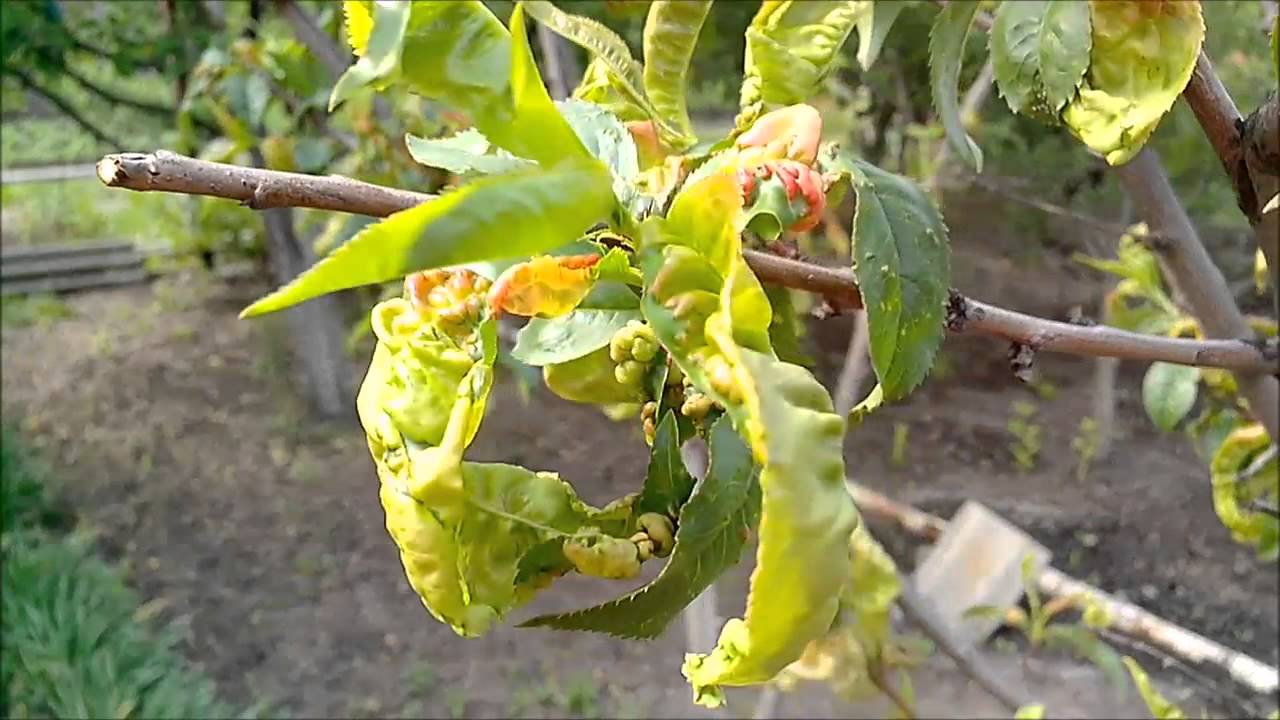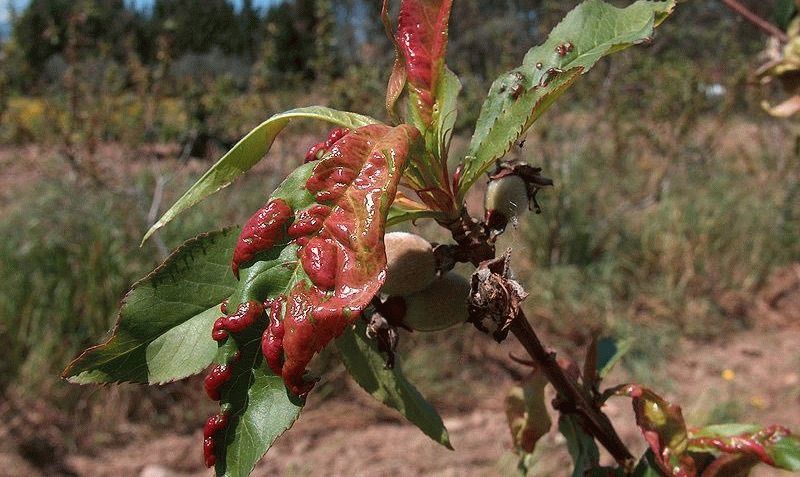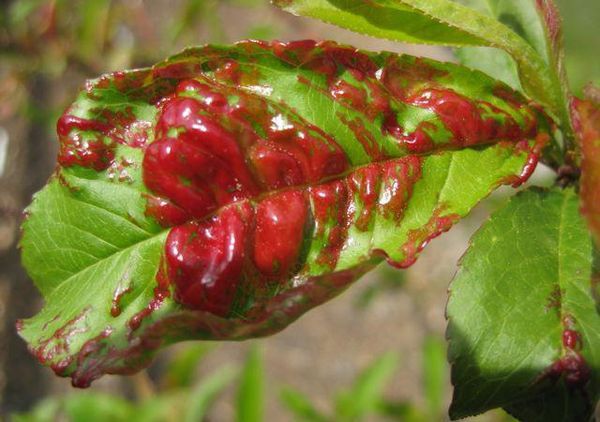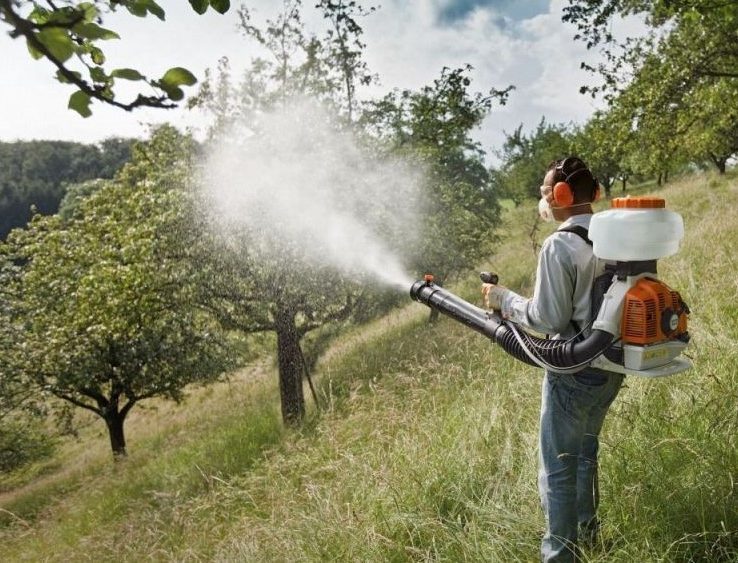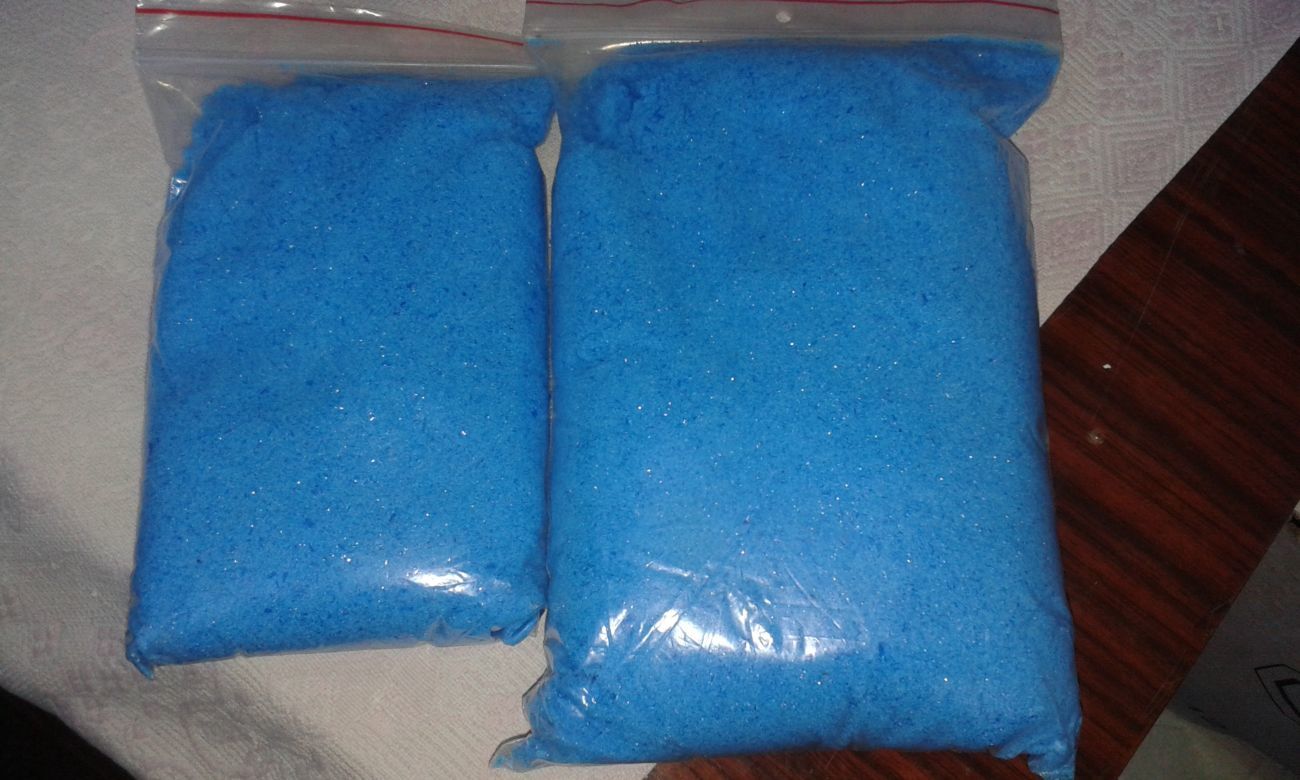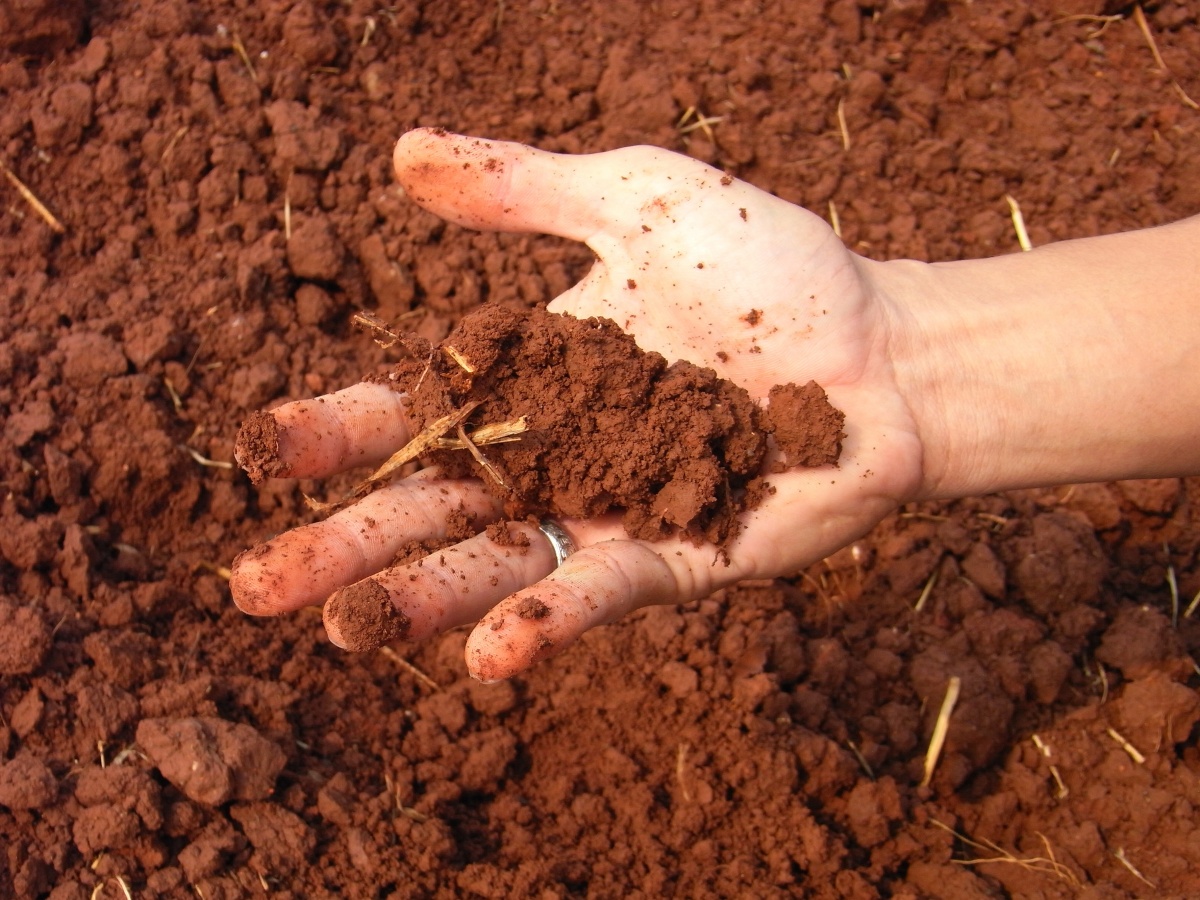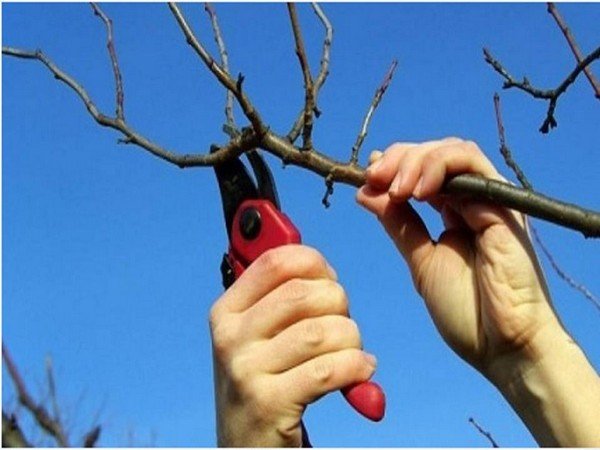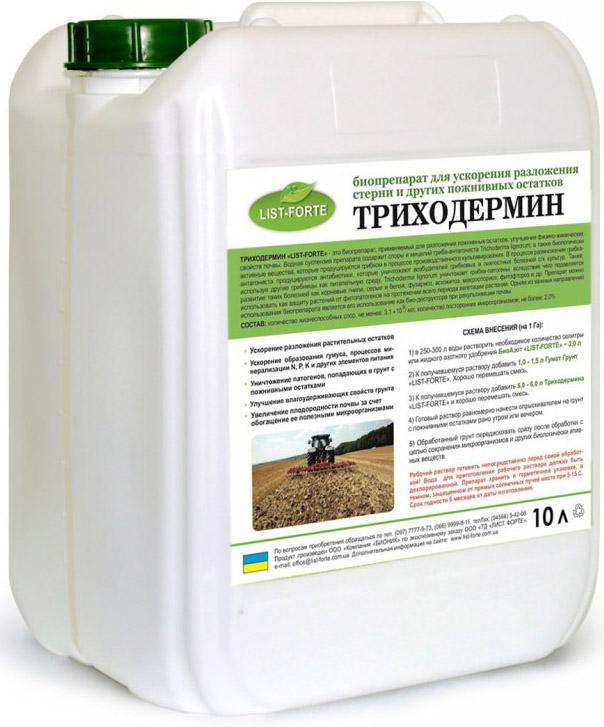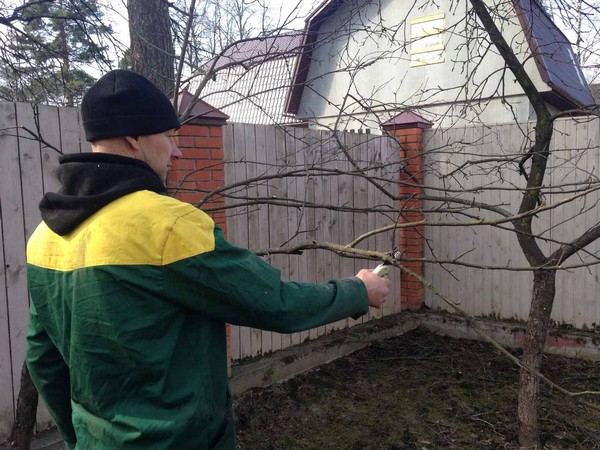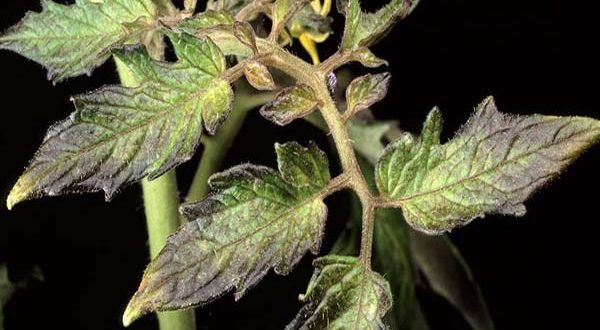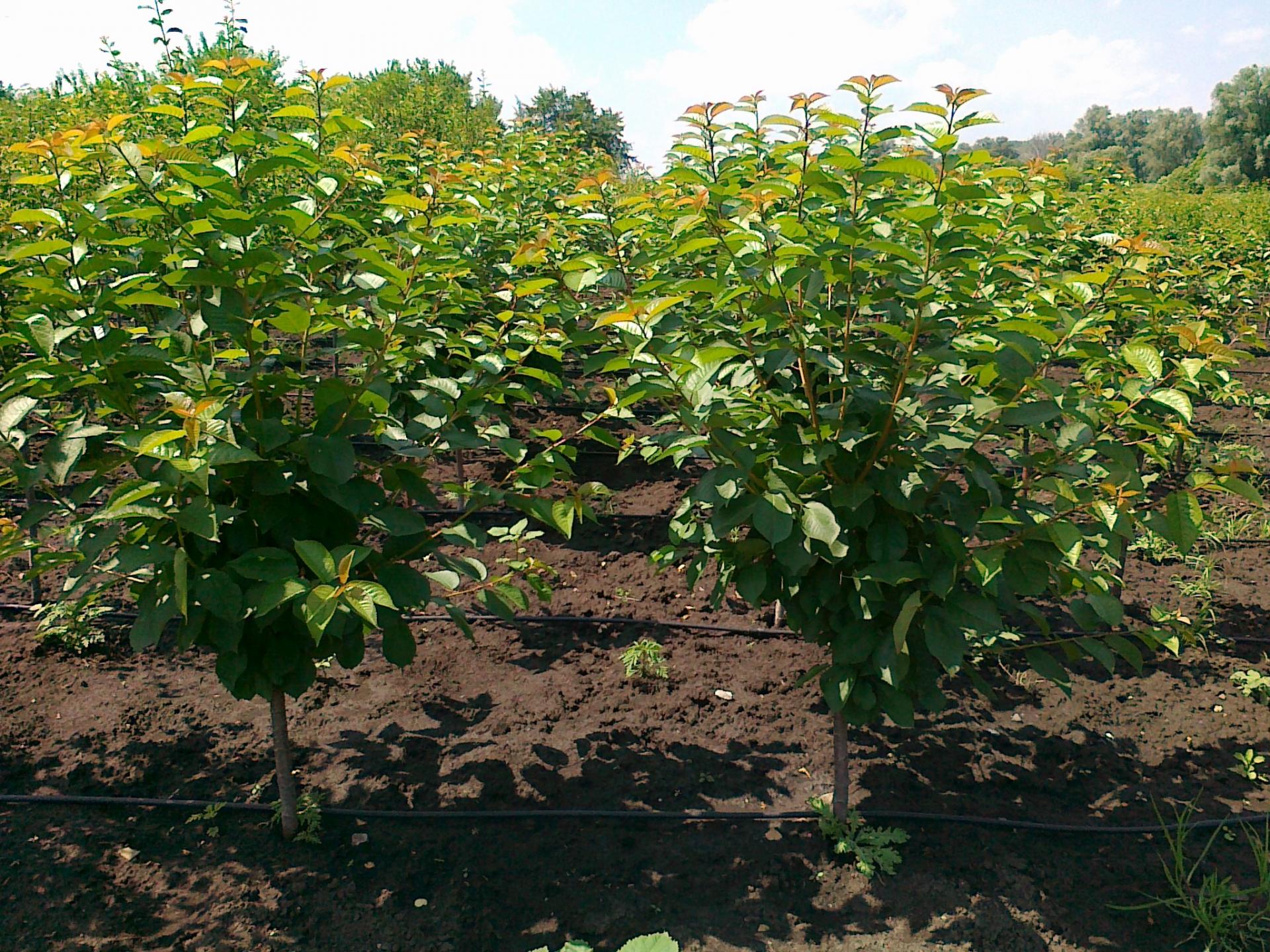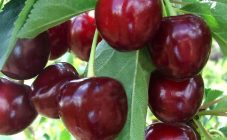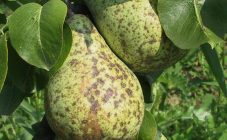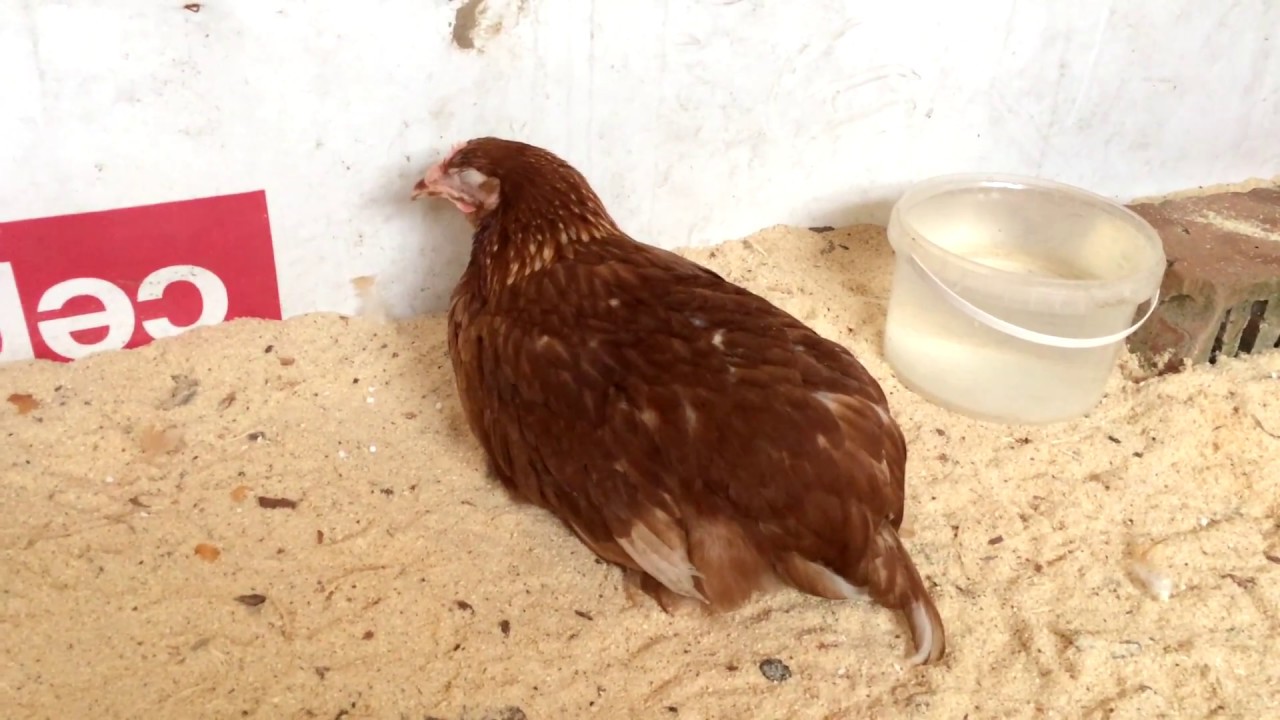Content:
The peach tree is susceptible to phyto-diseases. Peach leaves are often affected by curliness. At the same time, he loses many fruits, sheds foliage, develops poorly. The disease is noticeable not only in aesthetic terms. It causes deformation of shoots, a decrease in yield and even the death of a seedling. The appearance of symptoms of the disease is a signal for the treatment of curly peach and timely methods of struggle. It is important to know when peach leaves curl in spring, what to do and what to do.
Manifestations and danger of the disease
At the heart of the disease is a fungal infection that infects a tree with the arrival of the spring season. A fungus from the genus Tafrin excites pathology. Intensive damage to fruit crops occurs during bud opening, which causes the active growth of harmful microorganisms. Wednesday for their development on peach bark in spring present:
- small cracks;
- wounds;
- kidneys.
Numerous spores in the summer cottage are capable of transferring to other plants, including peppers.
Plants suffer from peach curl when cultivated in areas with low temperatures and excess moisture. Infection manifests itself on young peaches a couple of weeks after planting. The rise in infection with curl falls on 5-8 weeks. When the disease is not treated at an early stage, the tree weakens.
If the leaves of a peach turn yellow, the reasons why this happens include non-compliance with planting requirements. The thickening of the planting in the garden explains why the peach sheds its leaves. The spread of infection is caused by curliness, which also occurs on adult fruit plants.
Symptoms
At first, typical bubbles of a pale green color are formed on the leaves, which gradually turn red, and then turn brown. The appearance of a wax coating is accompanied by the maturation of a huge number of spores of the harmful fungus.
Thickened leaf plates wither rapidly, dry and crumble. At first, the foliage falls from the lower shoots, then the disease passes to the upper part of the tree. Both annual and biennial branches are distinguished by a particular susceptibility to the disease. Branches are characterized by:
- the acquisition of a yellow tint;
- curvature;
- thickening.
A light touch causes the shoots to break off at a later stage of curliness. The peach does not bear fruit because of the short and thickened internodes. Deformation of the formed buds and death occur with severe damage to crops.
Treatment methods
If curl is found on peach leaves, treatment is started immediately. In advanced cases, the disease leads to hardening, loss of taste and inedible fruit.
Removing infected foliage
Curling is tricky, but possible. The main thing is to fight the fungal infection comprehensively.If the tips of the leaves curl, it's time to prune and remove the infected branches. The treatment procedure is carried out in May or June with severe symptoms of curliness. Experienced summer residents carry out the operation several times in order to reliably protect the peach from damage.
Spraying against curl
Spraying is an effective means in the battle against phyto-diseases. It is useful to consider the time of tree infection. If the plant overcomes the curliness of the peach, the methods of control after flowering are a mixture of biological products. Among them are:
- Trichodermin;
- Planriz;
- Pentaphagus.
Novice gardeners are interested in how to combat peach curl during the intensive phase. The best are drugs containing copper:
- Folpan and Raek;
- Oxyhom and Hom.
As well as copper sulfate and Bordeaux mixture, they efficiently destroy fungi and parasites, save peaches from curliness.
It is appropriate to use fungicides and copper oxychloride. Until buds open, help resist curliness leafat:
- lime milk;
- copper sulfate;
- urea.
Peaches are sprayed with 1% copper sulfate, which is obtained from 50 g of the drug and 10 liters of a lukewarm liquid. The age of the tree affects the consumption rate, which ranges from 2-10 liters per plant. The solution cannot be stored, it is prepared before processing the peach. Repetition of the manipulation is carried out after 5 days in order to consolidate the effect, usually a single sanitization is ineffective.
Late in autumn, spraying of the peach and soil is required in the near-stem zone - in place of the fallen leaves. The treatment is carried out without the use of fungicides.
Bordeaux fluid treatment
Bordeaux mixture (3%) helps out against curly hair. The processing method has a disadvantage - toxicity. When treating with Bordeaux liquid, it is noted that the peach is delayed to enter the fruiting phase, the yield is significantly reduced. If you sprayed a peach with a product, the accumulation of copper in the foliage will increase. In addition, as the branches grow, the heavy metal content will increase.
However, the advantages of this method cannot be denied. The systematic use of Bordeaux liquid has a beneficial effect on the plant. Prized in the battle against the infectious disease that has plagued the peach for several years in a row.
Clay application
With curly peach, folk remedies are in demand. In gardeners, clay is used to resist the curliness of peach foliage. It is used together with lime and is an effective adhesion element. It is used as a sorbent and has a number of nutritional components:
- gray;
- aluminum;
- silicon.
To prepare an emulsion, you need 10 liters of liquid, 350 g of soft clay, 90 g of slaked lime. Clay is placed in the water, carefully kneaded, then milk of lime is introduced in a trickle. Achieve the homogeneity of the suspension.
If the peach has been treated with lime and clay, the treatment will be productive, at the same time it will help improve the chemical-physical and biological parameters of the peach and feed the tree with minerals.
New generation tools
When a lime-clay mortar does not work properly, and Bordeaux liquid is undesirable for use, they resort to new generation chemicals. To minimize harm to the culture, the following are suitable:
- Horus;
- Delan;
- Speed
The drugs are used in turn, in combination or separately. In addition, adding a mixture of lime and clay greatly enhances the effect of Horus. According to agronomists, chemicals are responsible for 98% productivity in curing foliage curl.
Time to spray
Distinctive features of peach curl therapy are complexity and not always effectiveness.
It is important to use the scheme for prevention:
- For the first time, they are sprayed with copper-containing agents in the budding stage, with the arrival of spring, usually in April or May, depending on the growing area.
- The next treatment is just right after 2-4 days.
- Final processing is carried out after flowering. In addition, the content of the active component is reduced.
- In regions that are characterized by increased humidity and fixation of cases of fungal infections of plants, peaches are treated to prevent curl at an earlier date. Begin to spray peaches before bud formation.
Protection and prevention
Measures that are taken from curl in a timely manner protect peaches from illness. The threat lies in the rapid infection of young leaves, branches. Without treatment and preventive measures, the peach is destroyed.
Protection measures are taken early with the onset of spring, until the buds swell. In different Russian regions, the time period is adjusted to local weather conditions. In the northern regions, events fall in the middle of the spring season, in the south, events fall in the first ten days of March. Finish peach trees in the fall.
Treatment for curliness involves cutting off affected, dry branches, where the fungus usually hibernates. Cutting off charged shoots must be done before the buds swell, if the operation was not carried out in the autumn.
Biological products are popular:
- Guapsin;
- Planriz;
- Trichodermin.
They do not harm peach plantings and do not accumulate in crops. The products resist curliness before flowering, as well as after and during fruiting. The preparations do not affect the taste and color of the fruit. The effect of bacterial agents is felt after two or three days. There is no time interval between processing and harvesting.
It is important to carefully choose where to plant the peach. The trees are planted in a sunlit area, a considerable distance from other trees.
Preventive treatment with copper sulfate (1%) or Bordeaux mixture (3%) is carried out twice a year: after autumn leaf fall and before spring budding. When grown in unfavorable areas, they are sprayed up to 4 times with fungicides during the growing season.
They loosen the soil in the near-stem circle, both in summer and in autumn, eliminate spoiled fruits and foliage.
To strengthen the immune system, it is advised to feed the peach with potassium fertilizer at the rate of half a glass of the product per 10 liters of liquid and pour it near the trunk.
Processing rules
To achieve a positive effect, one cannot ignore the technological process of processing, otherwise diligence will not be beneficial - the mixture will be used up, harmful insects and fungal infection will remain. For an effective result, follow the recommendations:
- In the fall, cut off the affected shoots. Places of cuts of branches are treated with wax or garden varnish. Garbage, remnants of vegetation, which are in the near-trunk circle, are thoroughly raked out and burned.
- In the spring and autumn months, peach plantings are sprayed, when the weather is calm outside, it does not rain. Precipitation in the first two days after spraying peaches can completely eliminate the applied solution, making the treatment ineffective. We'll have to repeat the manipulation again.
- A good time to spray peaches is early in the morning if the dew has melted, or in the evening before sunset.
- The first time they spray the peach using a large sprayer, so that the mixture gets to hard-to-reach places on the bark and cracks where parasites, pathogens and fungi settle.
- To achieve maximum productivity, different fungicides and insecticides are used in the complex, spraying must be alternated.
- Before processing the peach with various chemicals, it is advisable to control the reaction of the plant so as not to complicate the situation. A small branch with leaves is sprayed with the mixture. When, after a day, the leaf plates do not turn yellow and do not fall off, the tree is just right to process again.
Foliage curl is a common and very dangerous disease for peach. The disease develops at a rapid pace, affecting the garden. Productive methods of fighting infection are spraying crops with systemic fungicides. To avoid the multiplication of mushroom spores on foliage and branches, the condition of the garden is monitored and preventive measures are taken in time.
